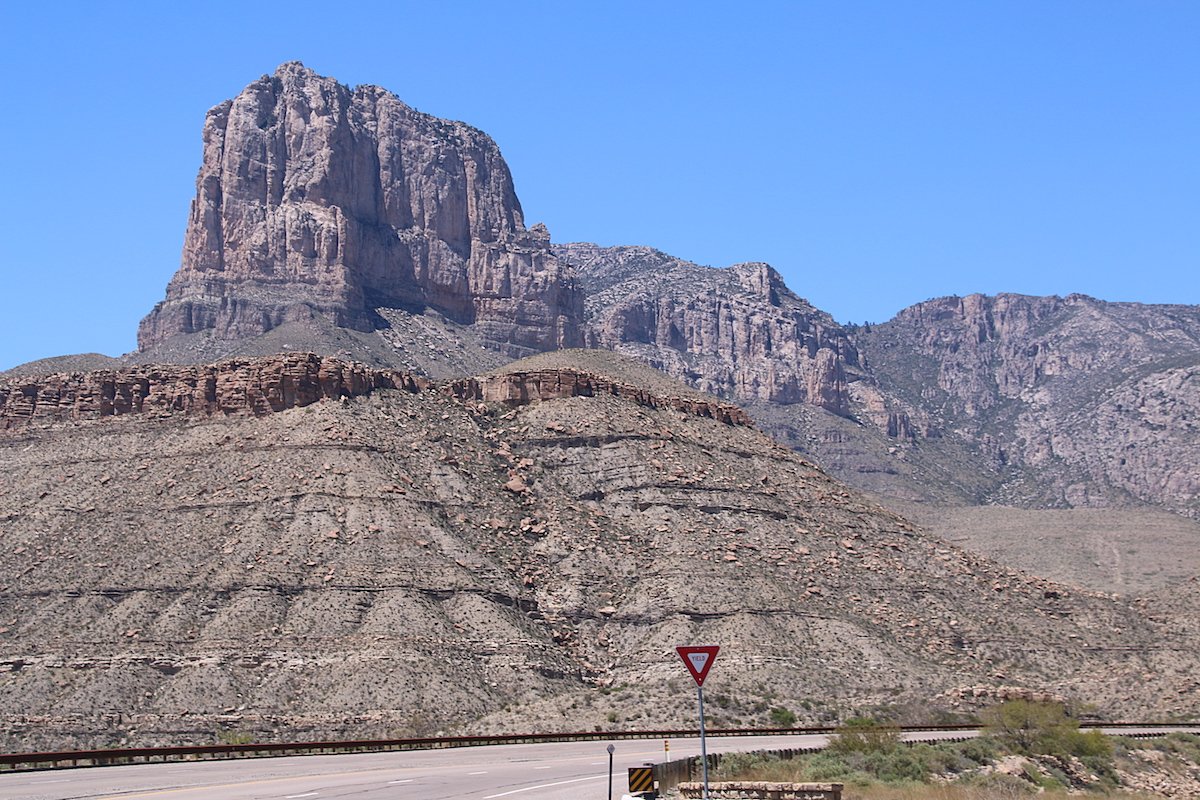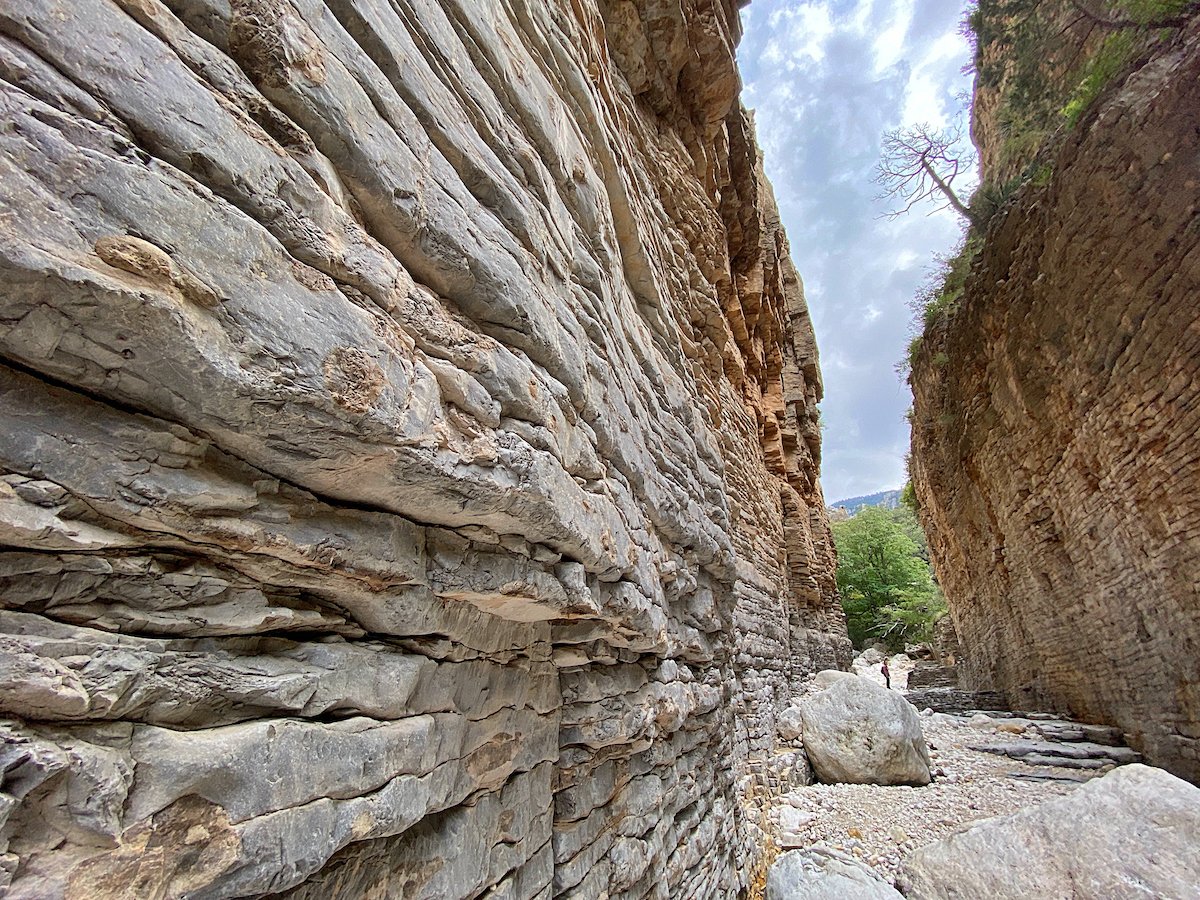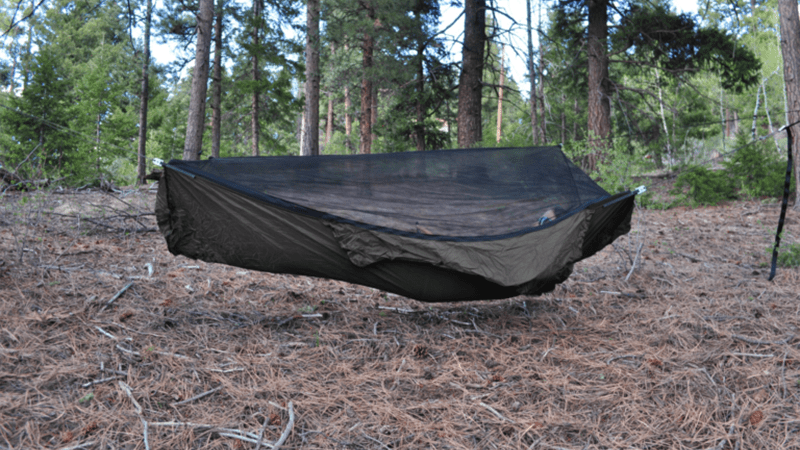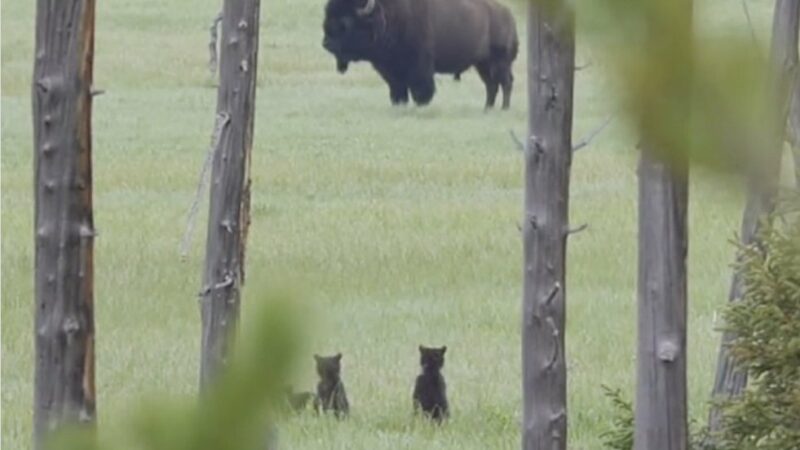A Visitor’s Guide to the Highest Point in Texas
Welcome to Guadalupe Peak, the highest natural point in Texas and a haven for outdoor enthusiasts seeking adventure and breathtaking natural beauty. Located within the magnificent Guadalupe Mountains National Park, the 8,571-foot peak is part of the Guadalupe Mountains range that spans southeastern New Mexico and West Texas.
Also known as Signal Peak, this apex draws thousands of nature lovers and adventure seekers each year thanks to its awe-inspiring vistas and challenging trails. In addition to its unparalleled panoramic views of the surrounding landscape, the opportunity to conquer the highest point in the state is a major draw for hikers and mountaineers from all over.
The History of Guadalupe Peak
Guadalupe Peak was a valuable landmark for early explorers and settlers in the region. Native American tribes, such as the Mescalero Apache, revered the peak as a sacred site, while Spanish explorers in the 16th century used it as a navigational landmark, and later, it became a crucial point along the Butterfield Overland Mail route.
Now, it’s part of the Guadalupe Mountains National Park, one of the country’s most underrated national parks, spanning more than 85,000 acres in West Texas. Despite the beautiful scenery and more than 80 miles of trails, the park is one of the country’s least-visited, drawing in just 243,291 recreation visits in 2021, compared to the 12.94 million visits at Tennessee’s Great Smoky Mountains National Park.
Hiking at Guadalupe Peak
Hiking is the main attraction at Guadalupe Peak, with most hikers heading to the namesake Guadalupe Peak Trail, a strenuous but rewarding 8.4-mile (13.5-kilometer) round trip that leads straight up to the summit, gaining more than 3,000 feet in elevation along the way.
The rocky trail weaves through diverse ecosystems, from desert scrub to conifer forests, providing a fascinating glimpse of the region’s biodiversity. During your hike, watch for the diverse wildlife that calls this area home, including mule deer, gray foxes, and various bird species.
The Guadalupe Peak Trail is challenging, with multiple switchbacks, and requires good physical fitness. Be sure to carry plenty of water, sunscreen, and sturdy hiking gear, as the trail can be challenging, especially during the summer months — and note that dogs are not allowed on the park’s trails. Many hikers recommend poles for additional traction amid the loose rocks and carrying at least 4 liters of water. An early start here is also a must to capitalize on cooler temperatures and more shade.

While the hike to the summit is the primary goal for many visitors, there are several other notable hikes within the park. One is the McKittrick Canyon-Grotto hike, a seven-mile out-and-back route that stops at Hunter Line Shack, an old stone cabin dating back to the early 20th century. This historic structure offers a glimpse into the lives of the ranchers who once inhabited this rugged terrain and makes for a great picnic spot.
Note: Unfortunately, the parks service closed the Guadalupe Peak Trail indefinitely on June 28 due to the risk of wildfire.
Best Time to Visit Guadalupe Peak
The best time to visit Guadalupe Peak is spring and fall. April through May and September through October offer pleasant weather conditions with milder temperatures, making hiking and outdoor activities more comfortable. During these seasons, the temperatures range from highs in the 70s F (20s C) to 80s F (25-30 C) and lows in the 40s F (5-10 C).
Despite the elevation, summers in the Guadalupe Mountains can be sweltering, with temperatures often exceeding 100 F (38 C), making for sometimes treacherous hiking conditions. If you choose to visit during the summer, starting your hikes early in the morning is essential to avoid the peak heat of the day and minimize the risk of dehydration or heat exhaustion.
Getting to Guadalupe Peak
Guadalupe Mountains National Park is located in west Texas, near the border with New Mexico. The park is along U.S. Highway 62/180, approximately 110 miles (177 kilometers) east of El Paso and 56 miles (90 kilometers) southwest of Carlsbad, New Mexico.
Directions
Take U.S. 62/180 east from El Paso, and from Carlsbad, take U.S. 62/180 west. The park entrance is well-marked, and ample parking is available at the trailhead.
Camping & Lodging at Guadalupe Peak
Lodging options are limited within the park, but there are three developed campgrounds within it. The basic Pine Springs Campground has 20 walk-in sites and additional RV sites but no hook-ups or showers and limited amenities.
There’s also the smaller Dog Canyon Campground, set in a forested canyon on the park’s north side, and the Frijole Horse Corral Campground, which has corrals and trailer parking for horseback riders.
If you prefer more amenities, consider staying in the larger nearby towns of Carlsbad, New Mexico, which is 56 miles (90 kilometers) northeast of the park, or Van Horn, Texas, 37 miles (60 kilometers) southwest.

Frequently Asked Questions
How long does it take to climb Guadalupe Peak?
The time it takes to climb Guadalupe Peak varies depending on individual fitness levels, hiking experience, and the pace at which you hike. Still, on average, it takes 6 to 8 hours to complete the round-trip hike to the summit and back, including time for breaks and enjoying the views.
What is the best month to hike Guadalupe Peak?
Spring and fall are the best times to hike Guadalupe Peak. April through May and September through October are optimal for hiking due to milder temperatures and pleasant weather conditions.
What is the closest town to Guadalupe Peak?
The closest town to Guadalupe Peak is Salt Flat, Texas, a small unincorporated community located approximately 17 miles (27 kilometers) northwest of the national park. While Salt Flat does not offer extensive amenities, it does have a gas station and a limited selection of supplies.
Source: https://outdoors.com/a-visitors-guide-to-the-highest-point-in-texas/






